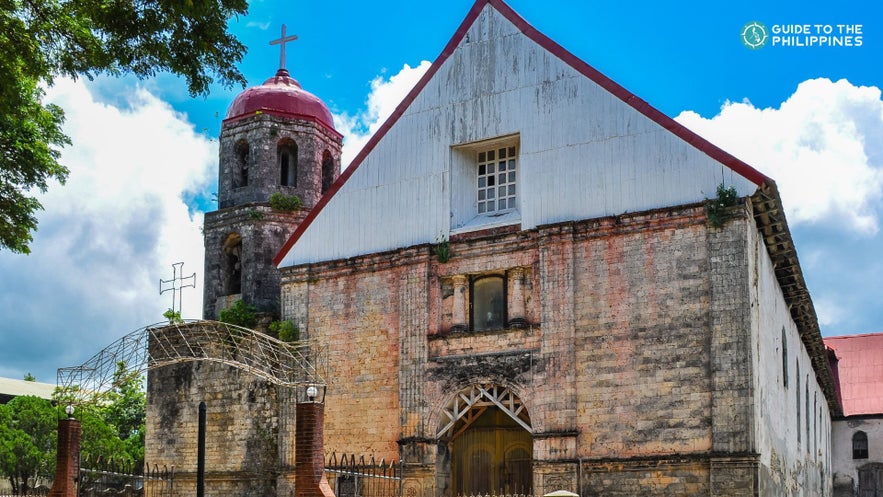
Tucked in the quiet town of Lazi in Siquijor Province, San Isidro Labrador Church is a must-visit for history buffs and architecture lovers alike. Built by Spanish missionaries in the late 19th century, this centuries-old church is one of the best-preserved Baroque structures in the Philippines.
A standout feature of this church is its massive wooden convent, said to be one of the largest and oldest in Asia. Just across the church, this structure once housed Spanish priests and now serves as a museum showcasing religious artifacts, antique furniture, and old photographs that tell the story of Lazi town’s colonial past.
This heritage site is more than just a religious structure—it’s a National Cultural Treasure and a destination that gives travelers a deeper understanding of Siquijor Province’s rich history and culture.
Whether you’re exploring heritage churches in the Philippines, discovering colonial architecture in the Visayas Island, or simply immersing yourself in off-the-beaten-path destinations in Siquijor Province, a visit to San Isidro Labrador Church is a rewarding step into the island’s soul.









